The flesh of Sri Lankan guavas is typically creamy white or pale pink, dotted with small edible seeds. They are celebrated for their sweet and tangy flavor profile, which combines notes of tropical fruitiness with a hint of citrus.
Sri Lankan guavas are enjoyed fresh as a refreshing snack or incorporated into a variety of culinary creations. They are commonly used in fruit salads, smoothies, juices, jams, jellies, and desserts due to their deliciously sweet taste and aromatic fragrance.
With their delightful flavor and nutritional benefits, including high vitamin C content and antioxidants, Sri Lankan guavas are a beloved fruit that adds a tropical touch to any dish or snack.
Technical Specifications
- Size: Guavas are typically classified into different size categories based on their diameter or weight. Common size classifications may include small, medium, large, and extra-large.
- Color: Guavas can have varying skin colors ranging from green to yellow to pink or red, depending on the variety and ripeness. Specifications may include desired color characteristics for specific varieties or market preferences.
- Shape: Guavas commonly have a pear-like or rounded shape, but their exact shape can vary. Specifications may outline desired shape characteristics for uniformity and visual appeal.
- Firmness: Guavas should have a certain level of firmness to indicate ripeness and freshness. Specifications may include firmness standards to ensure optimal quality.
- Brix (Sugar Content): Brix is a measure of the sugar content in fruit juice and can indicate sweetness levels. Specifications may include minimum brix levels for guavas to meet certain sweetness standards.
- Weight: Guavas are often sold by weight, so specifications may include minimum or maximum weight requirements for individual fruits or batches.
- Defects: Specifications may outline acceptable levels of defects such as bruising, skin damage, insect damage, or other physical imperfections.
- Packaging: Specifications for packaging may include requirements for packaging materials, labeling, branding, and handling practices to maintain product quality and freshness.
- Storage and Shelf Life: Specifications may include recommendations for storage conditions (temperature, humidity) and shelf life expectations to maintain quality during storage and transportation.
- Post-Harvest Handling: Specifications may include guidelines for harvesting practices, handling procedures, and post-harvest treatments (e.g., washing, waxing) to minimize damage and maintain freshness.
Packaging Details
- Cans & Jars – 100g, 200g, 375g, 400g, 500g
- LDPE Polyliner (Double Sealed) Secondary – 5 Ply Corrugated Carton / 4ply Kraft Paper Sack




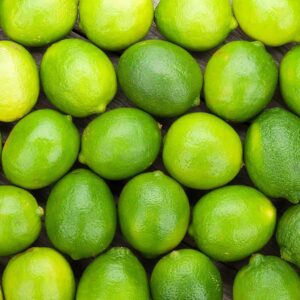
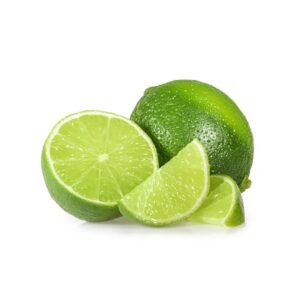

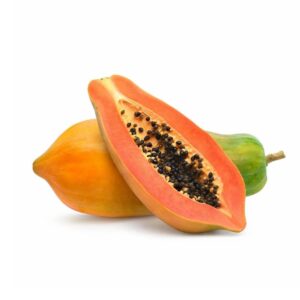
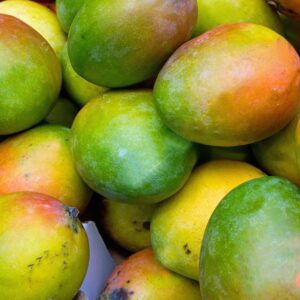

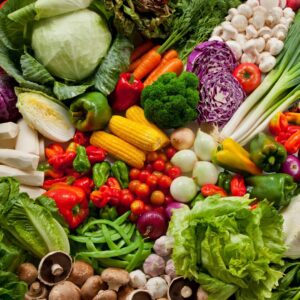
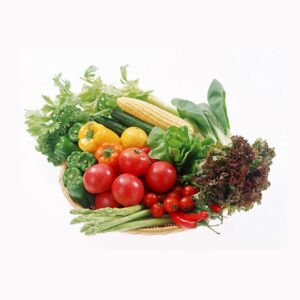
Reviews
There are no reviews yet.